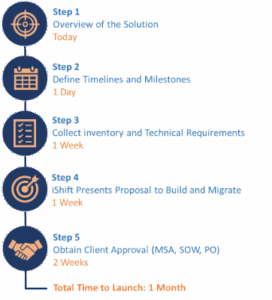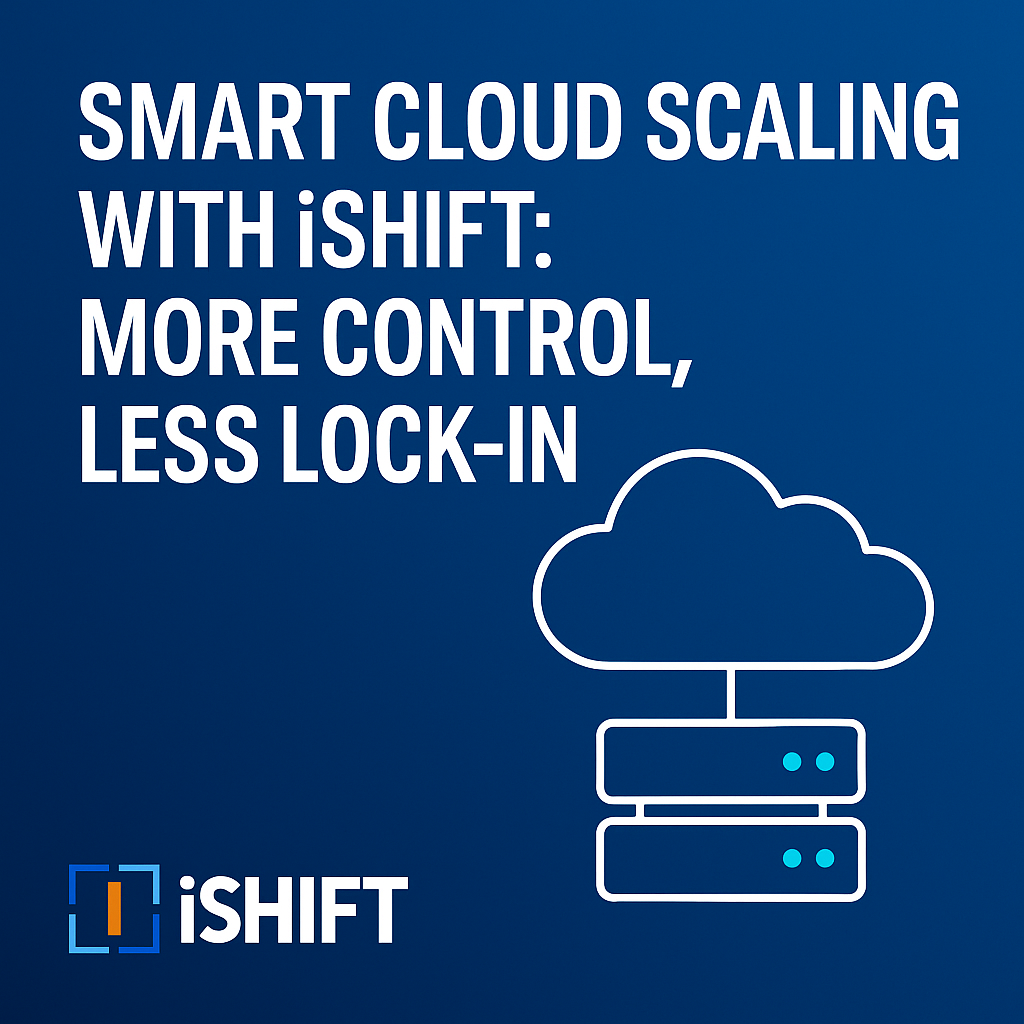Why Leaving VMware Is Just the Beginning
IT leaders today are under growing pressure to modernize infrastructure, reduce complexity, and future-proof their operations.
Virtualization platforms that once served as the backbone of enterprise IT are now being reevaluated, not because they have failed, but because they no longer align with the speed, flexibility, and scalability modern businesses demand.
The real question isn’t just about leaving behind legacy platforms. It is also about where you are headed next. And it is about ensuring the move sets your organization up for long-term success.
Business Drivers behind the VMware Exit
Let’s start with the WHY: What is behind the VMware exodus?
We are hearing CIOs and infrastructure leaders across industries echo the same themes time and time again:
Cost optimization: VMware’s new subscription model has significantly increased costs, especially for enterprise and public-sector environments.
Vendor lock-in: Many organizations want to reduce dependence on a single proprietary vendor.
Cloud-readiness: It is true that VMware was designed for virtualization. However, its underlying architecture can make it harder to fully take advantage of modern cloud benefits like automatic scaling, flexible resource use, and lightweight, fast-moving applications.
Innovation bottlenecks: IT teams are constrained by legacy implementations. While VMware has evolved with tools like Tanzu and Aria, many enterprises are still running traditional VM-based environments that lack native support for cloud-native development, containers, and DevOps automation.
Exiting VMware isn’t just a defensive move, it is a springboard to reshape your infrastructure in a way that accelerates your digital transformation goals.
Platform9: Built for What’s Next
When it comes to exiting VMware, there is no one-size-fits-all approach. At iShift, we guide our clients through strategic migrations to platforms like Platform9, Nutanix AHV, Hyper-V, Azure Stack, and the public cloud (Azure and AWS).
Lately, Platform9 has been gaining serious traction — and for good reason.
Platform9 delivers SaaS-managed infrastructure built on open-source technologies and ready for production. It supports VMs, Kubernetes, storage, and networking across your data center, cloud, or edge, all with centralized control and zero lock-in.
Here are some compelling reasons Platform9 could be the logical destination when planning your post-VMware strategy:
- Open and Flexible by Design
Platform9 is built on open-source technologies like KVM, Kubernetes, and OpenStack. This architecture in turn gives you full transparency, control, and extensibility. It also helps you avoid the kind of vendor lock-in that led you here in the first place.
- SaaS Management = Lower Operational Overhead
Unlike other on-prem solutions that require heavy management, Platform9 delivers a SaaS-managed control plane. Your team gets the power of open infrastructure without the pain of operating it, freeing up time for innovation, not maintenance.
- Hybrid and Multi-Cloud Ready
Whether you’re running workloads on bare metal, in your own data center, or in the public cloud, Platform9 makes it easy to manage everything from one place, no matter where your workloads live.
- Modernization-Ready
Platform9 isn’t just about supporting VMs. It is about enabling containerized workloads, DevOps practices, CI/CD pipelines, and edge compute. All of them are critical to the future of enterprise IT.
How Platform9 Fits into Your Long-Term IT Strategy
✅ Aligns with Hybrid Cloud Goals
Most organizations are not moving everything to the cloud. However, they are demanding cloud-like experiences across all environments.
- Runs anywhere with consistency: Platform9 is a SaaS-managed, open-source platform that supports production-grade infrastructure (VMs, Kubernetes, storage, networking) across on premises, public cloud, and edge environments.
- Elastic, cloud native scaling: Platform9’s native Kubernetes support allows your infrastructure to elastically scale workloads as demand shifts, thus aligning with hybrid cloud strategies.
- True workload mobility: Platform9 enables moving workloads between environments without needing full rearchitecting. This means it allows long-term flexibility and avoidis lock in to hyperscalers.
✅ Enables Cloud-Native Transformation
- Support for both legacy and modern workloads: Platform9 supports VM‑based traditional apps and Kubernetes clusters for microservices and containers, enabling gradual modernization at your own pace.
- Unified management across workload types: The Private Cloud Director control plane manages both VMs and containers under a single pane, allowing a “meet you where you are” transformation path.
Platform9’s hybrid approach makes it easier for organizations to shift to cloud-native models without radical forklift upgrades.
✅ Reduces Total Cost of Ownership
- Avoids proprietary licensing costs: Platform9 is based on open source frameworks like OpenStack, KVM, Kubernetes, eliminating expensive VMware licenses and associated lock-in
- Leverages existing hardware: You can run Platform9 on your existing on-prem infrastructure without needing new vendor hardware.
- Operational simplicity: The SaaS managed model automates upgrades, patching, monitoring, and cluster orchestration—reducing management burden and operational complexity;
Platform9 estimates around 40% lower TCO vs DIY approaches, while enterprises report up to ~70% lower ongoing costs.
In a recent case study, a Fortune 500 company successfully migrated 40,000 VMs from VMware to Platform9, cutting per-VM migration costs to just $35. Consequently, the migration has lowered significantly overall TCO versus VMware renewal costs.
Common Concerns around VMware Migration
Let’s talk about the concerns you are likely hearing from your teams or executives:
“Will we have downtime?”
Platform9 and iShift offer a structured migration approach, with tools and automation that reduce risk and minimize disruption. From small pilots to large-scale cutovers, the process is designed to preserve uptime and business continuity.
“Will we need new hardware?”
Nope! Platform9 works with your existing infrastructure. You can avoid unnecessary capital expenditures and extend the life of your current assets.
“What about compliance?”
Platform9 supports compliance-sensitive environments, including PCI, DSS and SOC 2. It integrates with secure storage, backup platforms, and your existing monitoring stack.
“Will our team be able to manage it?”
Yes! Keep using the tools and workflows your team already knows, access advanced virtualization features without retraining, and reduce onboarding time and maintain productivity.
A Realistic Path Forward
At iShift, our migration services are designed to deliver a seamless transition with minimal disruption and maximum efficiency. Leveraging proven frameworks, automation, and deep expertise, we help our clients to reduce risk, lower costs, and ensure project success.
With a rapid onboarding process, we are ready to get your migration project off the ground in as little as 30 days.

Final Thoughts: A Roadmap to Innovation and Success
A VMware exit is no longer a matter of “if” for many organizations, it is a matter of “when” and “how smartly.” But a successful transition is not just about leaving VMware behind. It is about positioning your infrastructure for agility, scalability, and innovation.
Ready to Explore a VMware-Free Future?
👉 Let’s talk about what options fit into your long-term strategy. On your terms, and at your pace.



